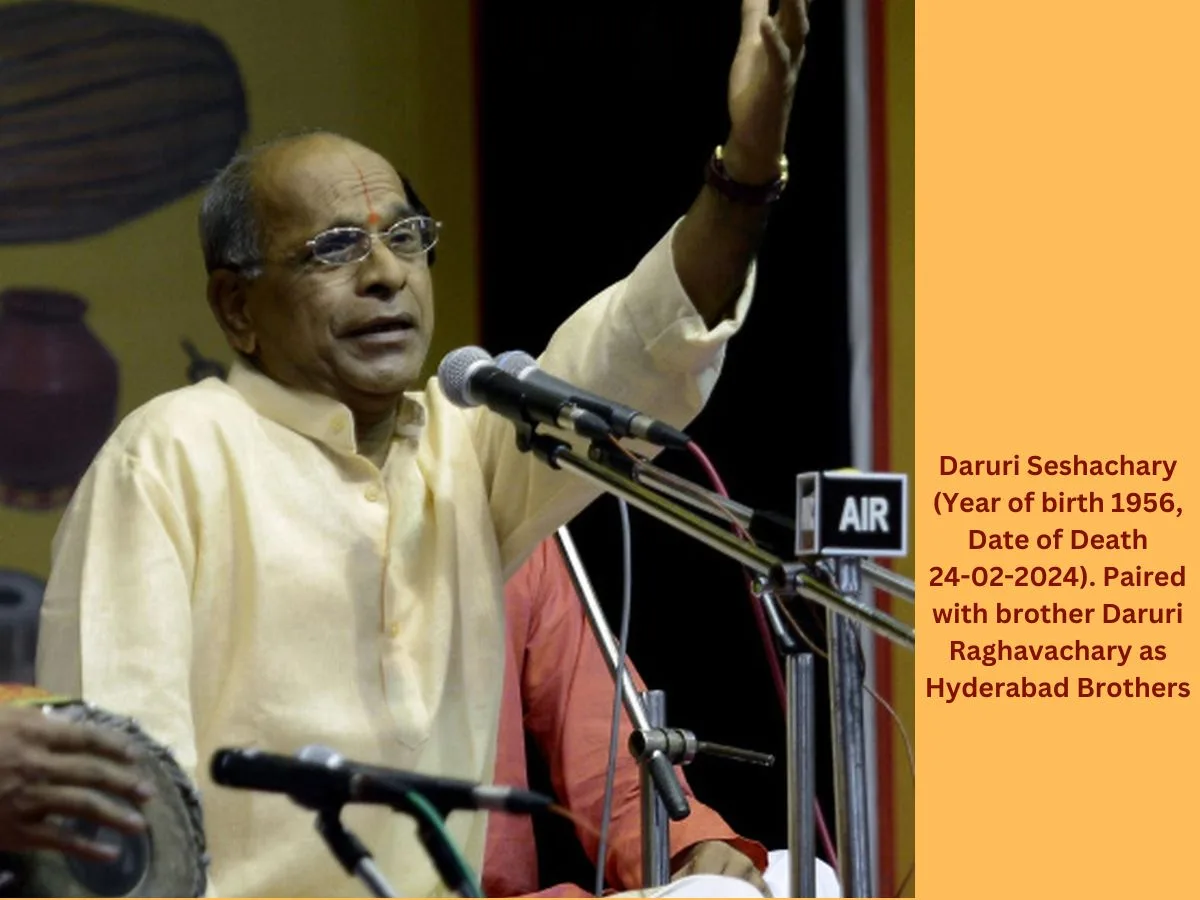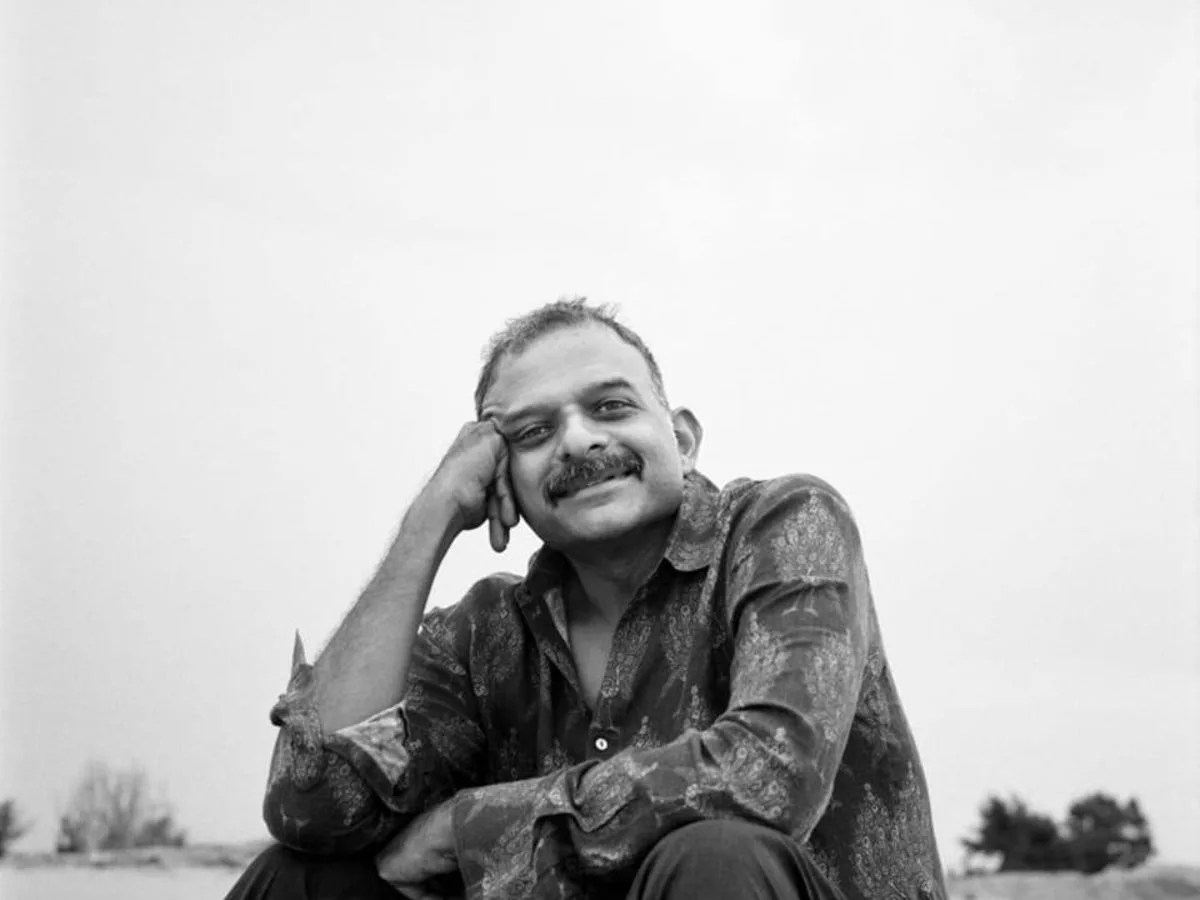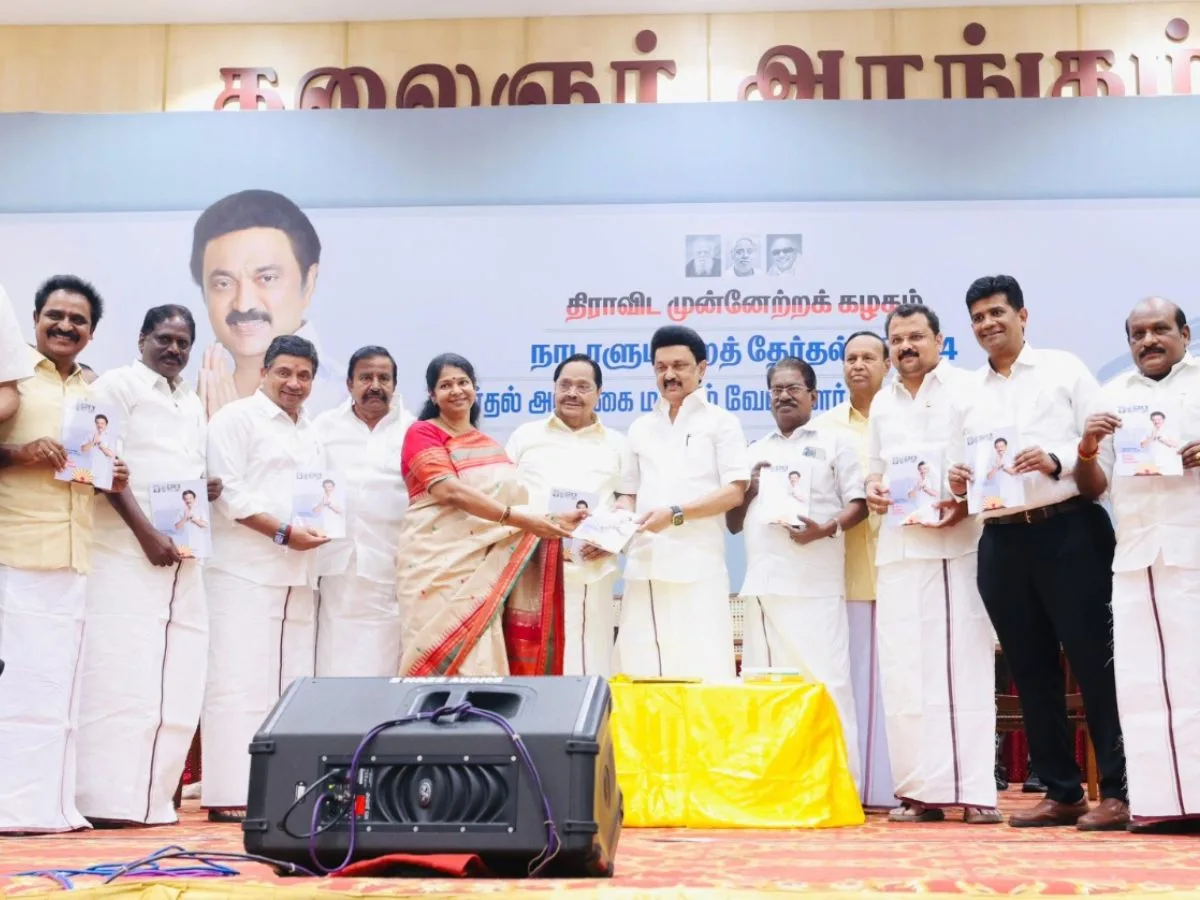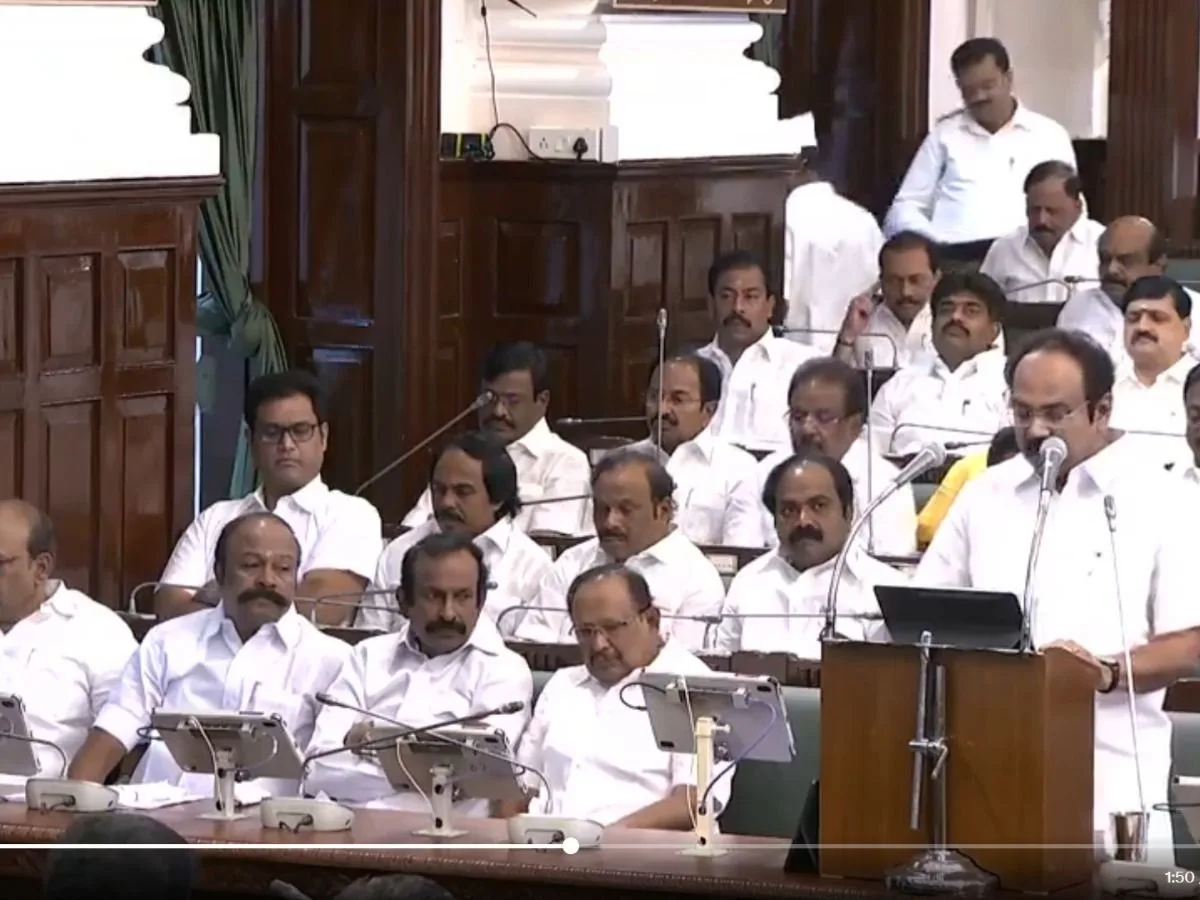Chennai breathed easy on November 18, as the Bay of Bengal weather system skirted the rain-battered metropolis, leaving a warning for the State government to tie up the many loose ends in flood management.
The DMK government and Chief Minister M.K. Stalin watched with relief as the impending depression, which led to a red alert for the capital city and 16 other northern districts of Tamil Nadu for the day, disgorged massive quantities of rain but did not do an encore of November 11 in the metro. Puducherry and proximal TN districts such as Thanjavur, Villupuram and Cuddalore, along with the more distant Kongu belt around Tiruppur soaked in the maximum, going up to 20 cm in Kundhalam (Tiruppur) as of Thursday morning.
The crippling of Chennai in the last round a week ago, with tempers rising over bad preparations for monsoon, led to a sharper focus on the city. The Greater Chennai Corporation declared a day ahead of the expected crossing of the depression that it had no less than 689 motor pumps in place, including 199 hired as a crisis measure. Several canals which don’t get a second glance in sunny weather, such as the one linking Cochrane Basin Road in Korukkupet, were the focus of desilting initiatives. Schools got a holiday.
The crippling of Chennai in the last round a week ago, with tempers rising over bad preparations for monsoon, led to a sharper focus on the city
The Corporation’s SoS number, 1913, which was swamped with calls in the first two rounds of rain earlier in November, was being strengthened with 50 extra personnel to touch 100. Social media was swirling with #Chennairains and #Chennaiflood hashtags, and tagging political personages got sharp responses. Apparently, the rain crisis was biting hard, and although blame for ten years of bad decisions, including the flood of 2015, could not be laid at the DMK’s door, questions were being asked about preparedness in the weeks before the monsoon.
Long and short
In a city snapped out of its COVID-19-induced reticence, the 11-day-old rain crisis points to several loose ends for the government to tie up. Mapping water flows, identifying encroachments on water bodies, along rivers, augmenting drinking water and irrigation reservoir capacity are medium and long-term projects. For now, the DMK government has to pull up its socks on immediate priorities, going beyond distribution of food and providing alternative shelter.
The rain of November 2021 has exposed the futility of building a storm water drain network, when Chennai cannot manage its few thousand tonnes of everyday solid waste. Although the collection and disposal of the city’s garbage has been partly contracted out, the reputation of the State capital as ‘plastic city’ is well-deserved, as it fails to prevent millions of flimsy plastic bags, grocery covers and bottles from ending up in the drains and canals. A plastic brand audit done last year under the aegis of the Citizen consumer & civic Action Group (CAG) for Break Free From Plastic showed the surveyed sample contained Aavin milk sachets (about 30%), followed by multi-layer packaging from major companies selling groceries.
Full collection of such non-biodegradable waste and keeping them out of drains, canals, water bodies and marshes is non-negotiable. Indulgent populism in waste management produces disastrous effects for flood water flow. Residents and companies should be convinced that keeping their waste out of flood-management structures is really good for them. They can be compensated for handing over segregated trash, as a good investment.
This year’s rain havoc also showed a serious asymmetry between residents in difficulty and agencies such as the Corporation and electricity utility TANGEDCO. Trees routinely fall during extreme weather events, but in the current season, many civic crews would clear them only in instalments, demanding payment each time. A lot of the leaf litter had meanwhile further clogged the storm water drains and inlets, making it impossible for fresh inflows.
In some areas the power that was disrupted on November 11 was restored after two days, only when residents paid for the cable. Yet, there was little concern for public safety as the cable was left out in the open, connected to open distribution boxes that could potentially be inundated.
In such a public health crisis, door-to-door help is as relevant as similar visits made during the coronavirus outbreak
Residents got little help from authority when their Metrowater sumps were overwhelmed by stagnating, often polluted rainwater. The Corporation advised that drinking water should be either boiled or chlorinated before consumption. Good advice, but not feasible where residents could not step out for days after November 11 because of inundation to get chlorine tablets. In such a public health crisis, door-to-door help is as relevant as similar visits made during the coronavirus outbreak.
Again, many of Chennai’s interior roads have been ripped apart for several reasons in recent months, such as laying power cables, and when the rain arrived, some communities relieved stagnation by creating familiar “channels” to sewers. As the present rain spell eases up, thousands of motorists face the danger of traversing crater-filled roads. Mohammed Younus, a motorcyclist, lost his life to a pothole this year in Guindy. It was one death too many. Filling up these death traps as an emergency is as important as preventing flooding, and this needs not a lot of money, but firm commitment. Preventing flood deaths is an achievement but it should not be lost to indifference elsewhere.











